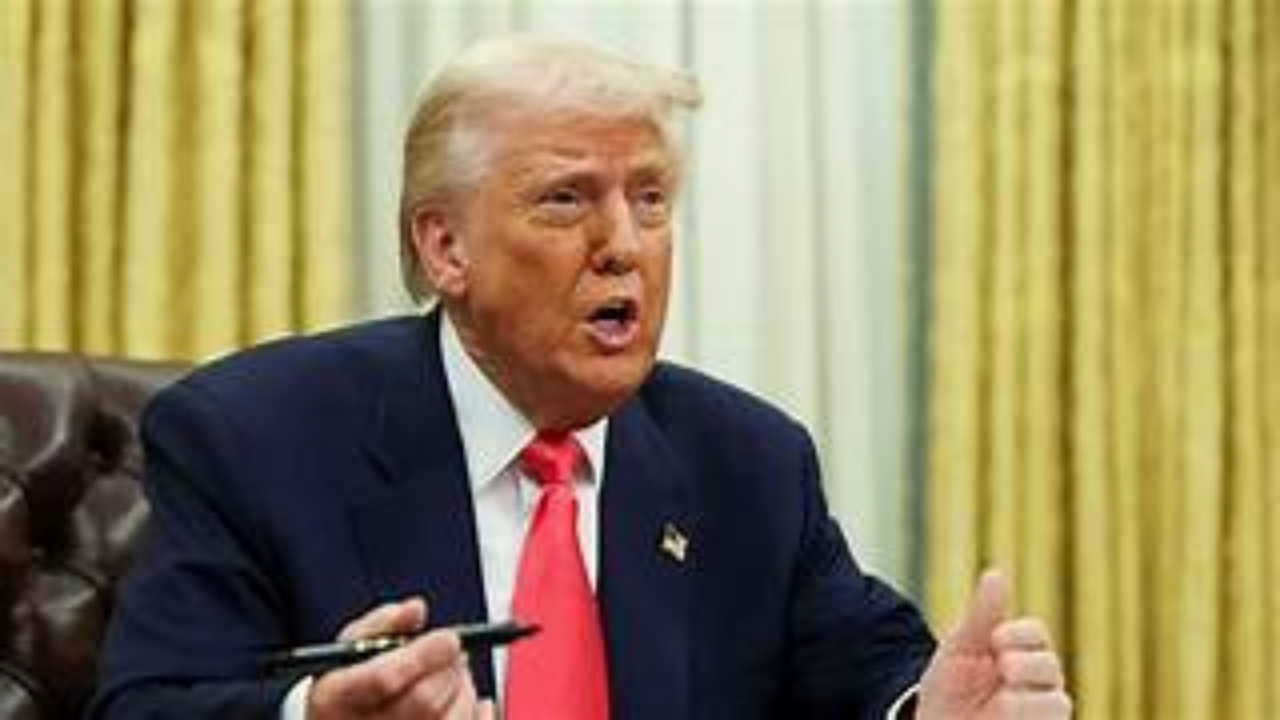Trump Administration Poised to Unveil Tough New Pharmaceutical Policy, Targeting Domestic Manufacturing
Washington D.C. – The Trump administration is set to announce a new and more stringent pharmaceutical policy within the next two weeks, according to US Commerce Secretary Howard Lutnick. This policy is expected to implement significant tariffs on pharmaceutical companies that do not increase their investments in domestic manufacturing.1
The forthcoming announcement follows a recently brokered trade agreement with the European Union, which Lutnick lauded as a “masterclass” by President Trump. This EU deal, reached just ahead of an August 1st deadline for 15% tariffs on most EU goods, including automobiles, was reportedly influenced by strategic pressure regarding pharmaceutical and auto exports. Lutnick noted that while the EU deal’s fundamentals are in place, President Trump has explicitly stated that pharmaceuticals will not be part of this broader EU trade deal, emphasizing the need for them to be manufactured in the United States.
Key elements and potential impacts of the new pharma policy include:
- Imminent Announcement and Tariffs: The policy is anticipated within the next two weeks. Companies failing to boost US production could face “massive tariffs.” President Trump has previously indicated tariffs on pharmaceuticals could reach “as high as 200%,” though a transition period of up to 18 months would be provided.2 Analysts warn that a 200% tariff could significantly disrupt the supply chain, particularly for generic drugs, potentially leading to higher costs and shortages for consumers.3
- National Security Justification: The administration has launched an investigation under Section 232 of the Trade Expansion Act of 1962 into foreign pharmaceutical imports, citing national security concerns.4 This investigation aims to assess whether such imports pose a threat to national security and to encourage the revival of domestic drug manufacturing.
- Industry’s Proactive Response: In anticipation of these policy shifts, major US pharmaceutical companies, including Eli Lilly, Johnson & Johnson, and AbbVie, have already begun increasing their investments in US-based manufacturing.5 AstraZeneca, for example, has pledged a $50 billion investment in US manufacturing and R&D by 2030, acknowledging the influence of the US policy environment.6
- Complex Interplay with EU Deal: While a baseline 15% tariff on most EU goods, including pharmaceuticals, is now part of the EU trade agreement, it remains unclear how this will interact with the impending sector-specific pharmaceutical tariffs.7 European officials, however, have indicated their understanding that the 15% rate would act as a ceiling for any tariffs imposed following the Section 232 investigation.
The policy’s overarching goal is to reduce America’s reliance on foreign pharmaceutical supply chains and stimulate domestic drug production, with the aim of ultimately lowering drug prices for American consumers.8 However, experts caution that such aggressive tariff measures could lead to increased drug costs, supply chain disruptions, and potential shortages, as relocating complex pharmaceutical manufacturing takes years rather than months.
